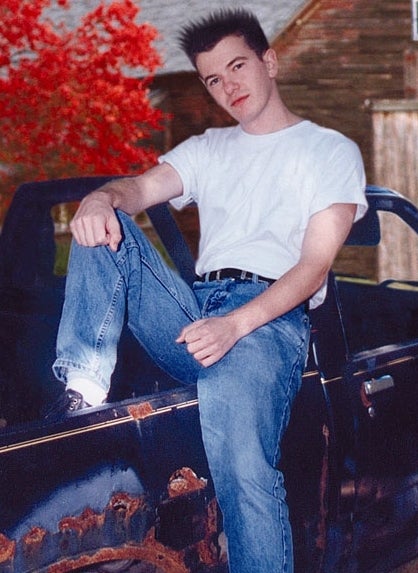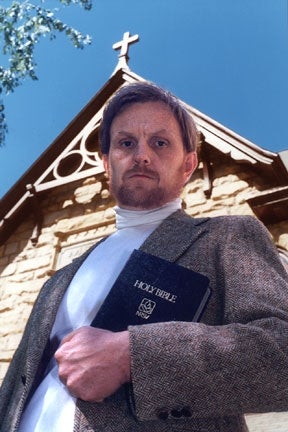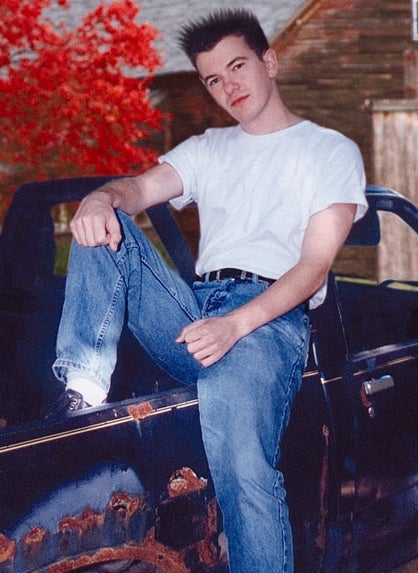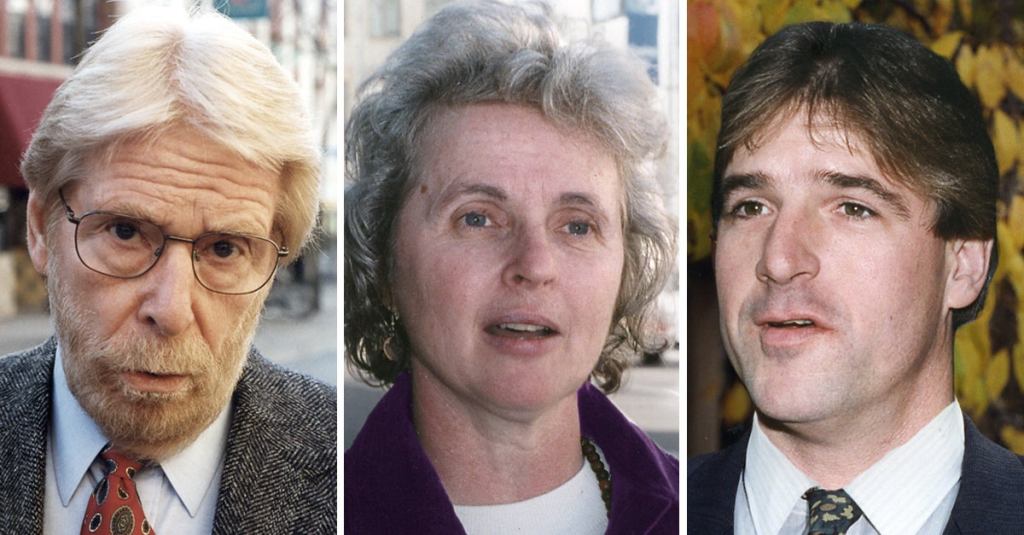PIOUS FLATS, IN—The quiet, conservative farming community of Pious Flats—long notorious throughout the quad-county region for its strict anti-dancing ordinance—became a hotbed of controversy Monday when big-city outsider Ren MacAlester galvanized the town’s stifled, unfulfilled teens into holding their first-ever rock-and-roll prom.

The hip, with-it teen, through the sheer force of his youthful exuberance and charisma, convinced the town’s many fundamentalist church-going authority figures to allow dancing, helping many of them not only to become more tolerant, but maybe even to learn a little bit about themselves in the process.
“I couldn’t believe it when I first came to this town to live with my estranged aunt,” MacAlester told reporters. “When I heard there was no dancing allowed, my first reaction was simply, ’Jump back.’”
“That’s a big-city slang expression meaning ’No way,’” he clarified.
Though almost single-handedly responsible for reversing the town’s 135-year-old anti-dancing statute, MacAlester does not consider himself a hero. “I just wanted everybody to, as we say in the city, ’cut loose,’” he said. “And that’s what we’ve done. People around here have, at long last, kicked off their Sunday shoes.”
MacAlester’s dance-legalization quest was made all the more daunting by the fierce opposition of Pious Flats’ most powerful citizen, Rev. Jonathan Gowlith.
“I admit that I was, at first, deeply opposed to the hard-driving, reckless music Ren was advocating,” Gowlith said. “I am speaking, of course, of such controversial rock artists as Bonnie Tyler, Deniece Williams and Kenny Loggins. I had always felt that the wild abandon of such music confused young people’s minds and bodies.”
Anonymous sources within Pious Flats High School said that when MacAlester first arrived in town, he was viewed with suspicion and resentment by both students and parents, who feared that the urban, high-energy rock-beat sensibility he brought from the outside world would be a bad influence on the tight-knit rural community. Branded a “troublemaker” for his flashy, multicolored clothing, fashionably thin ties and ultra-modern, spiked “new wave”-style haircut, MacAlester was widely perceived as someone who would never fit in.
MacAlester said that as an outsider, he was a victim of discrimination from adults and fellow teens alike. “They told me the school didn’t have enough funding for another gymnast, but I knew they were really kicking me off the team out of prejudice, just because I was different. One student even tried to plant a ’joint’ of ’weed,’ or ’grass,’ on me, to get me in trouble,” he said. “But after proving myself in a death-defying bout of tractor-chicken, I was able to win the other teenagers’ respect, enabling them finally to see beyond their narrow worldview.”

MacAlester’s efforts to get the town’s youths to dance, however, proved an entirely different matter. “Imagine my shock upon finding out that my new best friend at school, though sympathetic to my cause, didn’t know how to dance a step himself,” MacAlester said. “I literally had to start from the ground up, tutoring him for hours on end, using a ’Walkman’ portable tape player with two sets of headphones, until he finally picked up on the fundamentals of the balletic, ’Solid Gold Dancers’-style rock-and-roll dance moves that came so naturally to me, given my urban background.”
Though his crusade to teach the people of Pious Flats to dance ultimately proved successful, MacAlester said the road was a long and difficult one.
“Sometimes, when the pressure got to be too much and I needed to be alone, I’d drive out to the old mill, slam in a cassette, and burn off my angst in a blazing, vaguely homoerotic, Vegas/Broadway-style dance number, including round-house cartwheel flips and flamboyant flying pirouettes,” he said. “At those moments, I was dancing for my very sanity.”
While MacAlester’s crusade was largely a lonely one, Rev. Gowlith’s rebellious daughter Lori helped him greatly in his effort to make the big dance a reality. “The first time Ren played me the pulse-pounding, hard-rock beat of ’Almost Paradise,’ the duet between Nancy Wilson of Heart and Mike Reno of Loverboy, a whole new world opened up to me,” she said. “Right then, I knew the power of rock, and I had to dance. I just plain had to.”
The two angst-filled teens soon began dating, enraging Rev. Gowlith and causing him to become even more steadfast in his opposition to the legalization of dancing. However, the stern minister was ultimately convinced of the righteousness of MacAlester’s cause at a town council meeting, at which the earnest youngster read aloud a passage from the Bible describing King David dancing before the Lord in joyous celebration.
“Even I, a lifelong scholar of Scripture, had never heard of such a passage,” Gowlith said. “But it said right there, in no uncertain terms, that dancing was not just acceptable, but good.”
The big dance, witnesses said, was a high-powered, rock-and-roll blowout, complete with glitter and balloons. The event climaxed at approximately 8:30 p.m., when the newly liberated youths, clad in powder-blue tuxedos and dresses, pointed at one another in turn to perform breakdance solos at the center of the dance floor.
“I’m just glad we all got to tear up this town a little,” MacAlester said. “My favorite part was when Louise pulled me off of my knees. I mean, it was awesome—I just thought to myself, ’Whoah, Milo!’”
Turning serious, MacAlester added: “But though the dance is over, the beat goes on. We are the youth, and this is our time to dance.”







